
Using The Present Perfect Tense in English ESLBUZZ
The present perfect is formed from the present tense of the verb have and the past participle of a verb. We use the present perfect: for something that started in the past and continues in the present: They've been married for nearly fifty years. She has lived in Liverpool all her life. when we are talking about our experience up to the present:
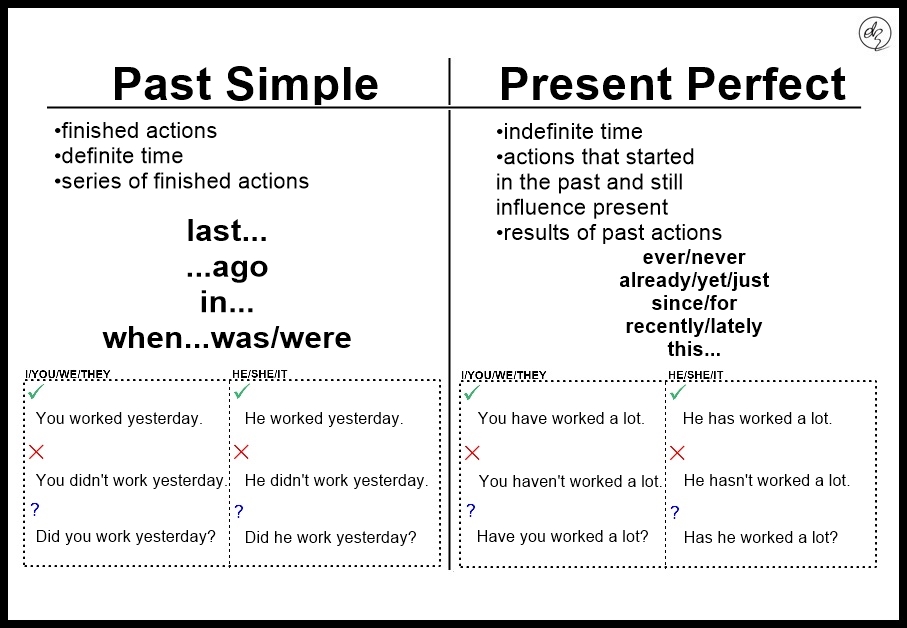
PAST SIMPLE vs. PRESENT PERFECT
In American English, you can normally use Simple Past instead of Present Perfect. We cannot accept this in our exercises, however, as this would lead to confusions amongst those who have to learn the differences. Certain time in the past or just / already / yet?

Past Or Present Perfect EDUCA
past simple | present perfect | English tenses - Let's learn and compare the differences. Hi Everyone, In today's video, I teach you how to use the past simp.

Pin on Изучаем английский язык Study English
Today I'm going to explain two simple rules so that it will become clear to you! Not only will I give you example sentences, but I'll also ask you to make your own. That's the type of thing I do throughout the lessons in my Advanced English Grammar Course - I'm always helping you put it into practice and use the grammar yourself.
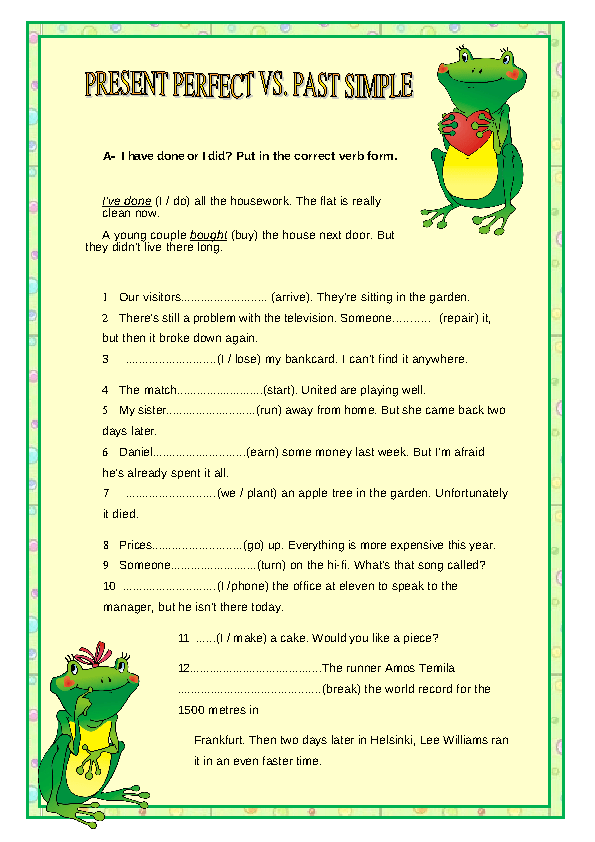
Present Perfect vs. Past Simple Worksheet
Present perfect for an unfinished time period and unspecified time in the past. Past simple for finished time and specific time in the past. I hope I've made it crystal clear when to use present perfect vs. simple past. Thanks for putting it into practice by making your own example sentences! Now make sure to download the PDF and try the quiz.
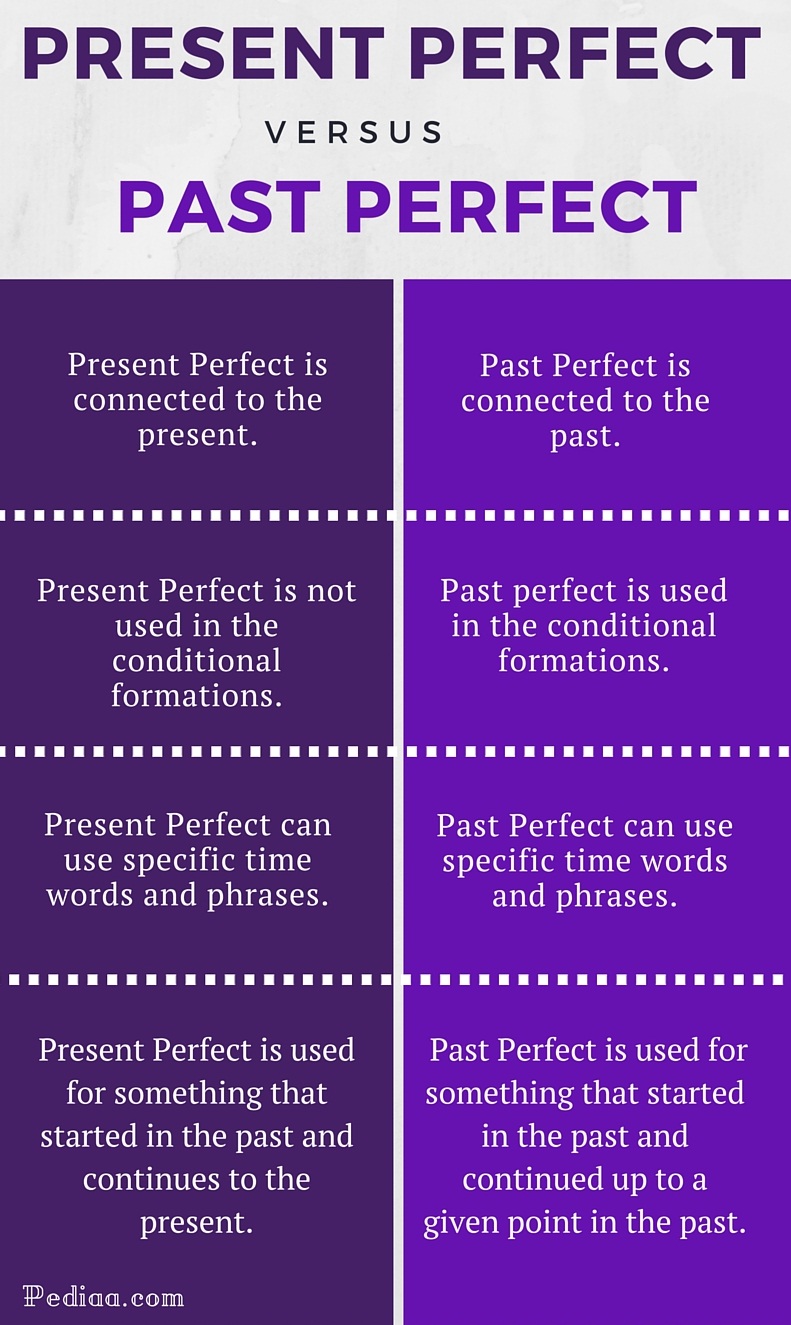
Difference Between Present Perfect and Past Perfect
Present Perfect or Past Simple? Perfect English Grammar What's the difference? Present Perfect and Past Simple Click here to download this explanation as a pdf Click here for more information about the present perfect tense Click here for more information about the past simple tense Remember:

Past Simple Present Perfect презентация онлайн
Hello aisyki, 1) Yes, that's fine. 2) The present perfect is fine here. You cannot use present perfect with a fixed time (e.g. yesterday, last Thursday, 3.00) but you can use it with since + a fixed past time (e.g. since yesterday, since last Thursday, since 3.00). This is because since means 'from this time to the present' and so creates an open time frame.

Present perfect vs Past simple Present perfect, Presents, Simple past tense
Exercise 1 Choose past simple or present perfect to complete the sentences below. 1 painting the bedroom yet?' 'Not yet. I'll finish it tomorrow.' 2 I much last year, but I a lot this year. 3 a holiday recently? 4 We last week. We here for 5 days. 5 Mr. Barnes is very important in this company. He here for 30 years. 6 He loves gardening.
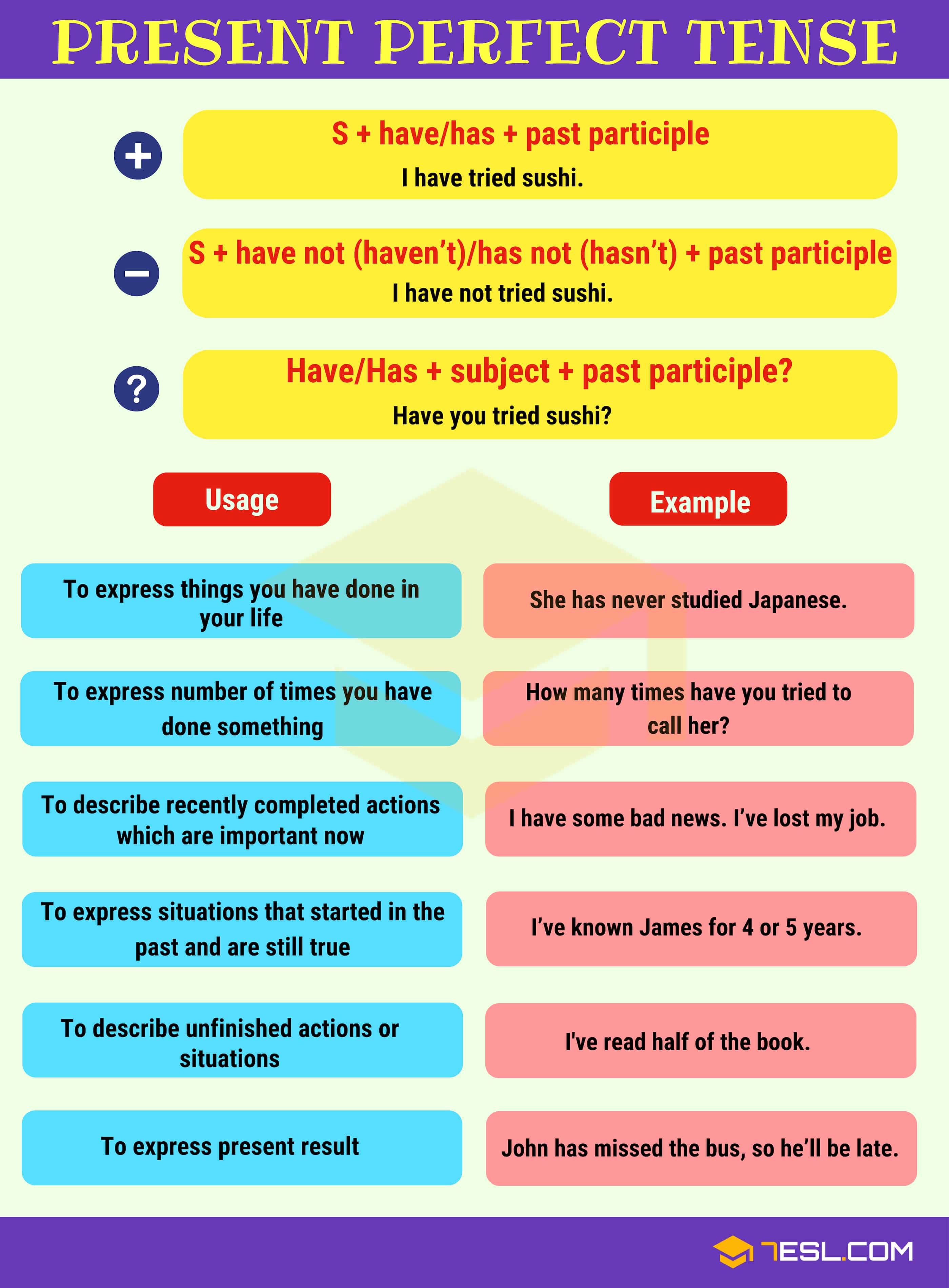
English is fun! Grammar 201819
The past simple is used to describe a completed action in the past, while the present perfect is used to describe an action that began in the past and continues up to the present moment. For example, "I saw a movie last night" (past simple) versus "I have seen that movie five times" (present perfect).

Differences Between Present Perfect Tense and Simple Past Tense English Study Page
This video answered My question about Present Perfect Progressive Tense for "Marry" in Emma lesson. But, still I have some trouble on using both Present Perfect and Present Perfect Progressive, The formula I got from Benjamin Vid and Emma Vid are: Present Perfect = Subject + Has/Have + P.P.

The Difference between Past Simple and Present Perfect 7 E S L
Choose the past simple or the present perfect tense: 1) I (never/go) to Vienna. [ . ] Check. Show. 2) My great great grandfather (have) five sisters. [ . ]
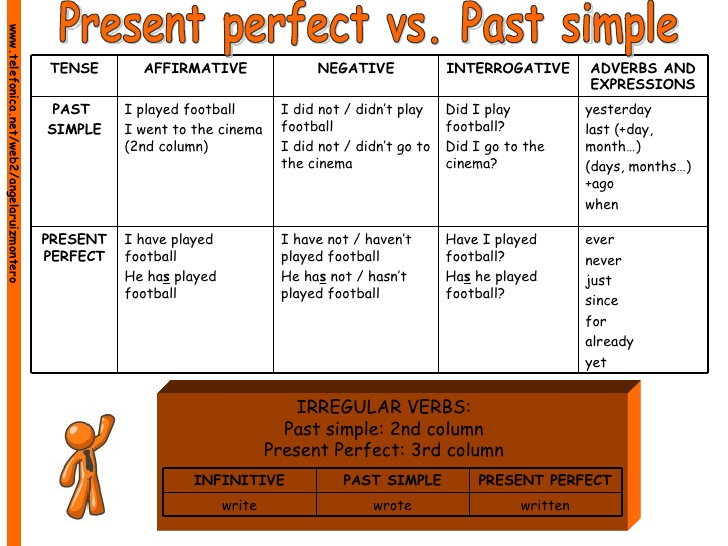
Past Perfect Vs Present Simple arbol
We use the present perfect with how long, for, since to talk about actions or situations that started in the past and still continue or are still true now. We use the past simple with how long, for, since to talk about actions or situations that started and finished in the past. Compare:

Past simplepresentperfect
Here are the basic differences between these two tenses: Time Specificity: The past simple is time-specific, while the present perfect is not. Relevance to Present: Present perfect actions are usually relevant to or affect the present; past simple actions do not. Time Markers: Past simple often uses specific time markers, while present perfect.
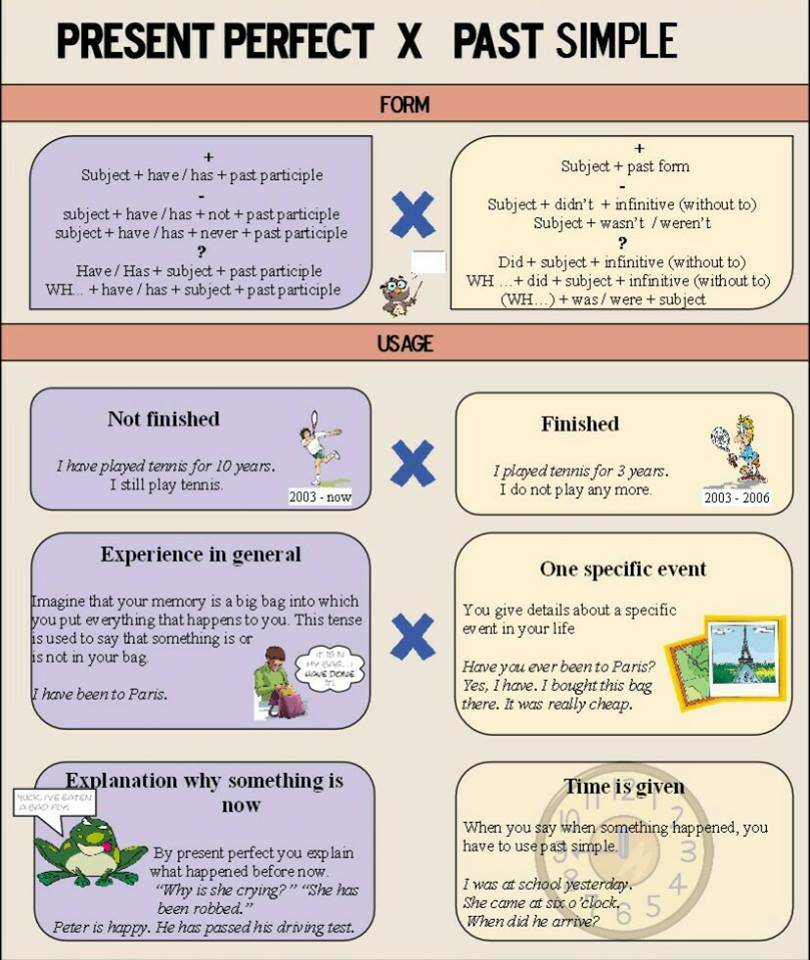
Present Perfect Tense vs Past Simple Tense English Learn Site
Mastering the Present Perfect Comparing Past Simple and Present Perfect Common Mistakes and How to Avoid Them Mistake #1: Using Present Perfect for Past Simple Actions Mistake #2: Using Past Simple for Present Perfect Actions Mistake #3: Forgetting the Time Expressions Mistake #4: Incorrect Use of Irregular Verbs

past simple & past perfect PRESENT PERFECT VS. PAST SIMPLE
Simple past vs. present perfect The simple past and the present perfect both refer to past actions, but are not interchangeable in English grammar. The simple past is used with a specific time marker for actions that started and finished in the past.
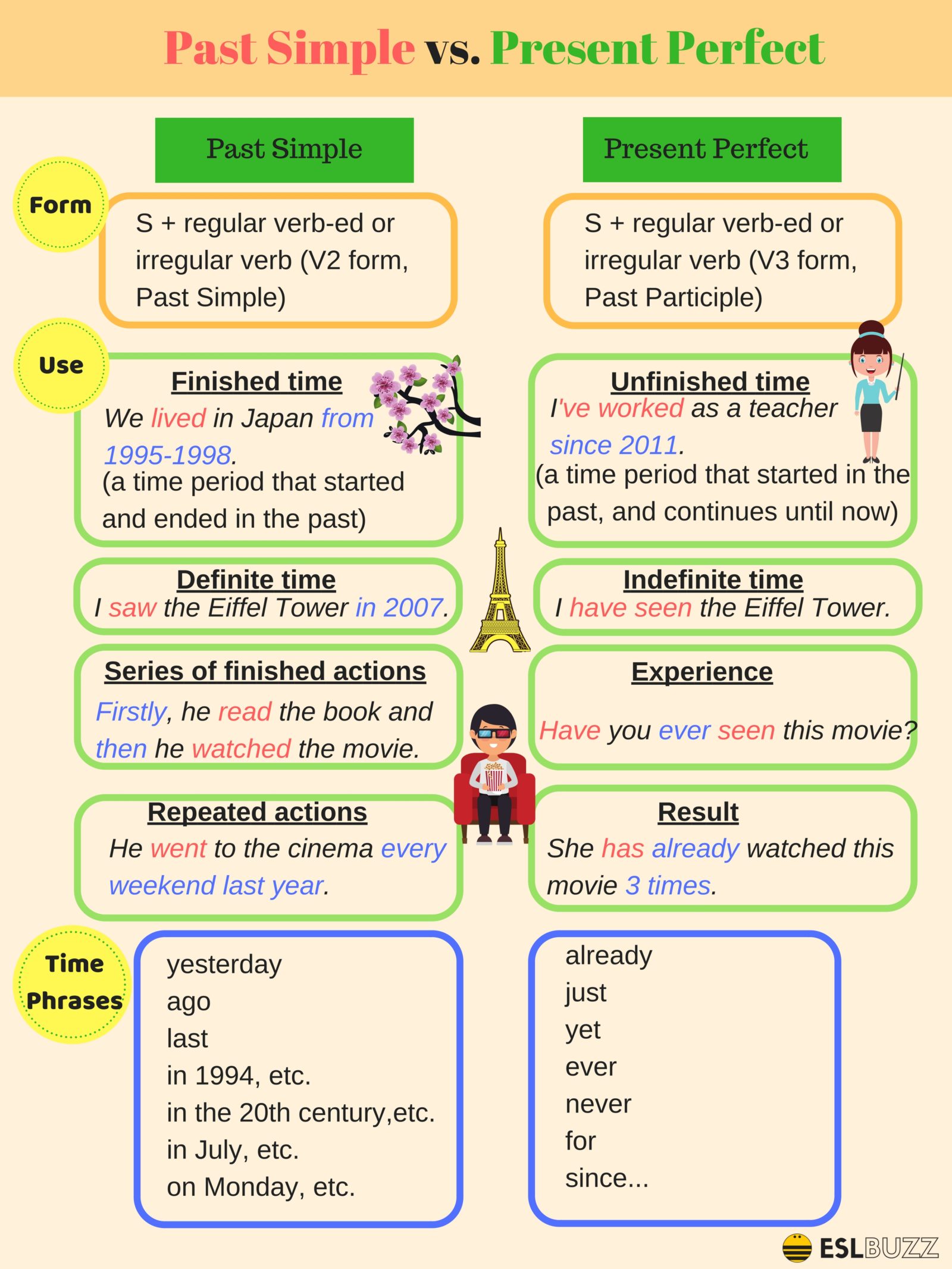
English Tenses Past Simple and Present Perfect ESLBUZZ
Past simple = I worked Present perfect = I have worked Definite time in the past We use the past simple to refer to definite time in the past (when we specify the time or how long) and usually with past time expressions such as yesterday, two weeks ago, last year, in 1995: We met in January 1975. We went to America together in 1978.